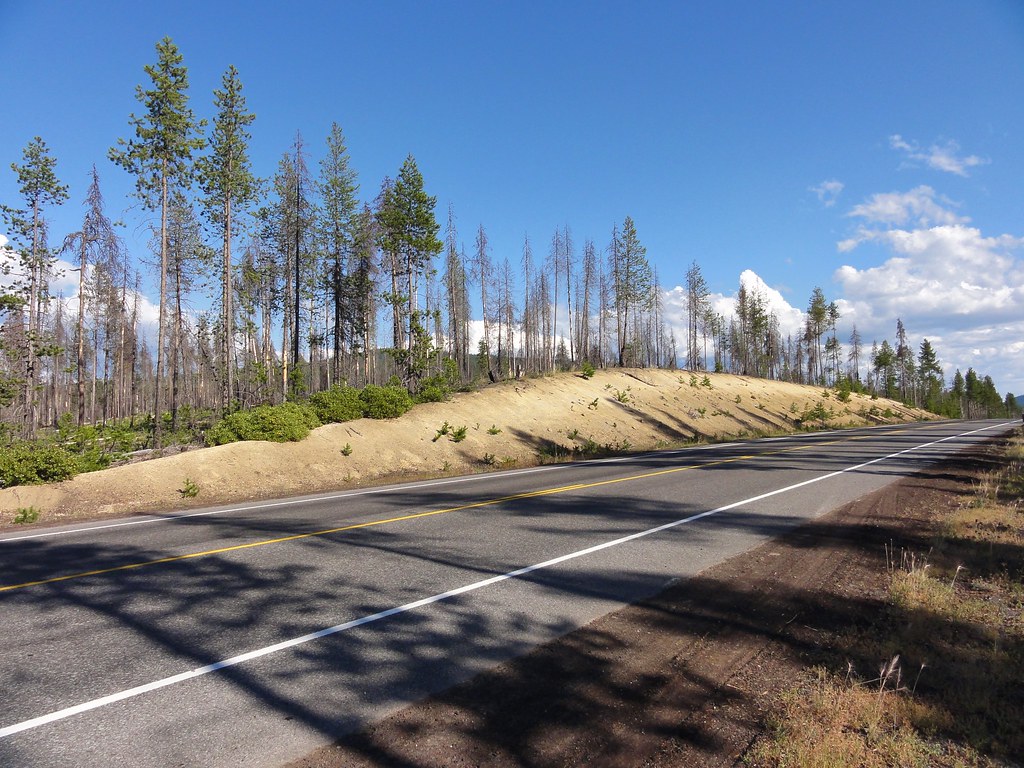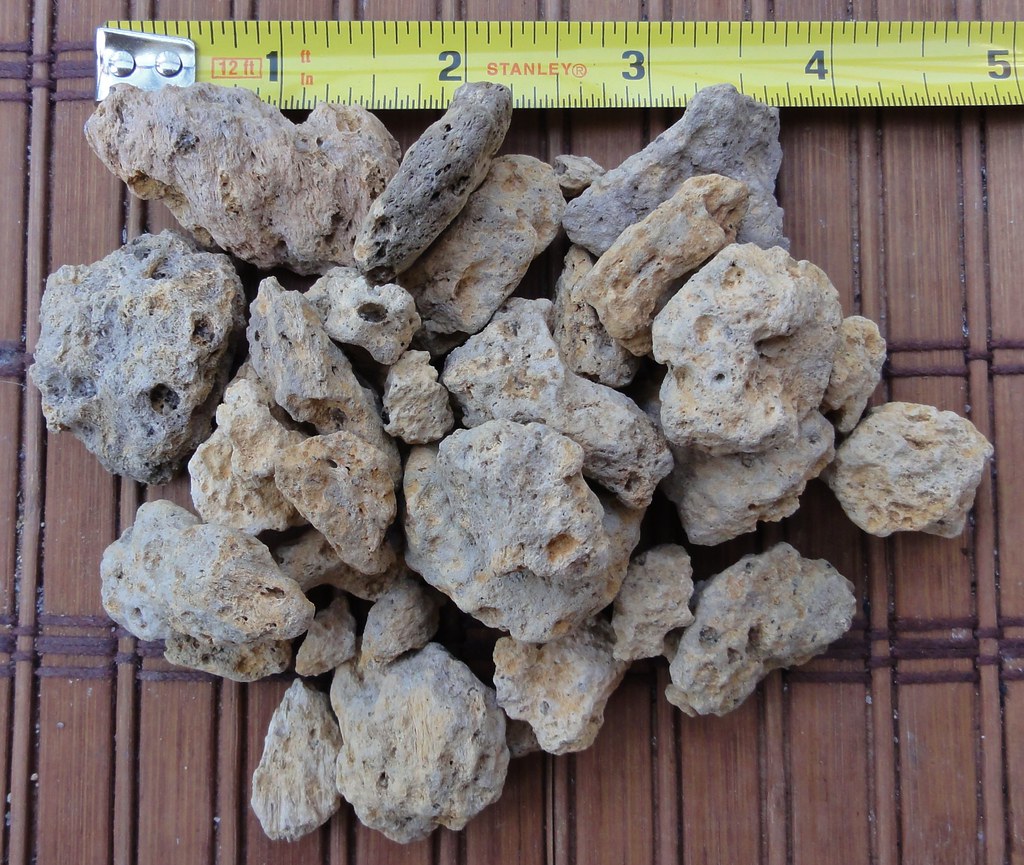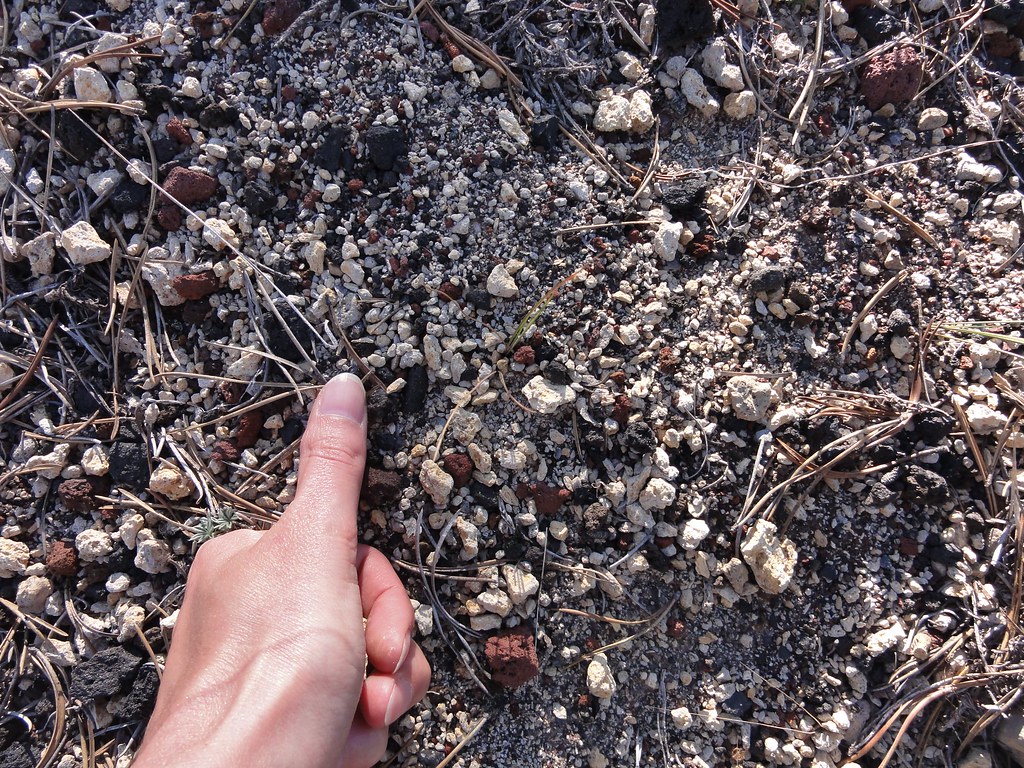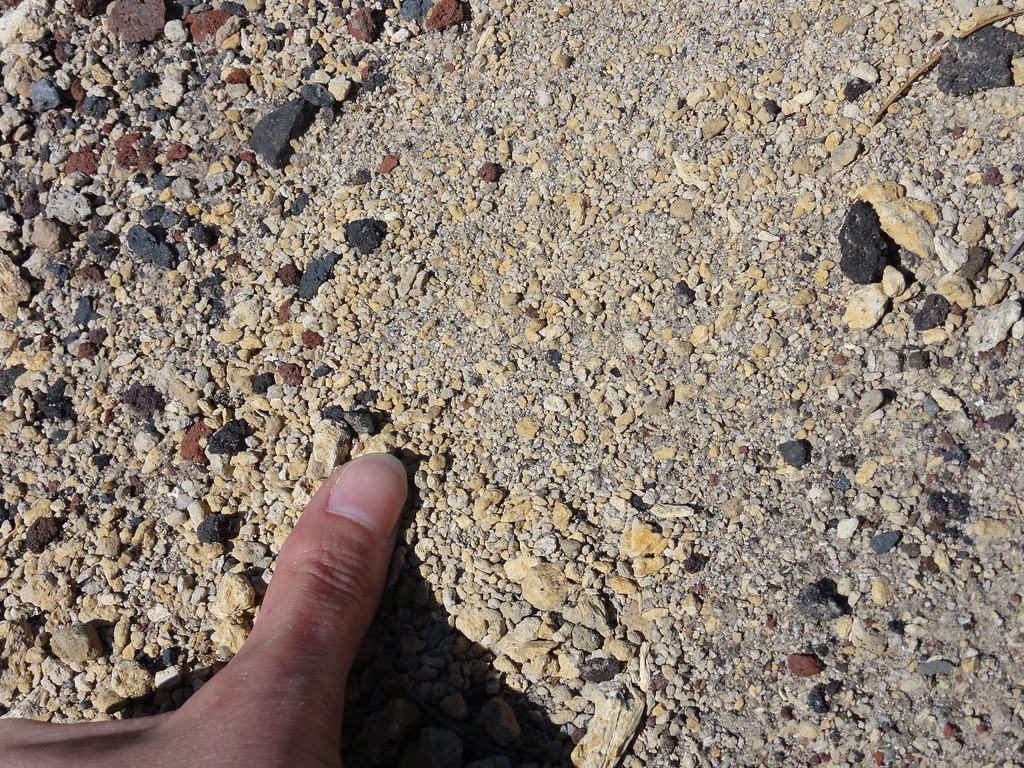Ten years ago today, the world changed.
It changes every day. Someone, somewhere, each day, finds themselves facing what they’d never expected to face. Wars break out, violence erupts; or there’s a fire, or a flood, or some other catastrophic event that means they will never live as they once did. Even if they rebuild their lives, even if they prosper, there’s always that memory, tucked away, and it colors everything. The world changed. It will never, can never, be the same.
Ten years ago today, we in America faced one of those world-changing events. And we are not the same.
In Flagstaff, that September day was achingly beautiful. The sun shone like a second spring. I’d woken late, as usual, and pottered around getting ready for work. There was no television in my house, no phone, no internet, no radio. I’d gotten rid of all those things, living in splendid near-isolation, because all of the things I needed to connect with the world were just a block away at work. So I didn’t know. The world hadn’t changed yet. I walked to work slowly, savoring the last of the flowers, blooming white and gleaming against the bark and cinders in the landscaping at the gym. I listened to birds singing their day away. I basked in the sun, and felt an overwhelming joy in it. Soon, winter would come, kill all the flowers and drape everything in cold, wet white. But right here, right now, it was warm and brilliant and perfect, a perfect moment. I was smiling as I arrived at work.
Where one of my coworkers, hunched on a bench outside, looked up at me and said, “We’re at war.”
And the world changed.
The Towers were already gone. Televisions wheeled on to the call center floor, tuned to CNN, showed the planes flying in to them, over and over; showed the collapse, the bodies falling, the debris, the end of America’s smug sense that it couldn’t happen here. I thought it was the end. How could we possibly survive this? This was the end of everything: our dreams, our hopes, our way of life. But the voice of one of my characters said, fiercely, speaking from a future I couldn’t see, “We survived.”
And we did. We survived. We came together under eerily silent skies. We buried our dead, tended our wounded, we lifted each other up and we became a united nation. We weren’t alone: the rest of the world was with us. We could be wounded, but never defeated.
Then our Republican government spent the next several years ensuring we did everything wrong. Invaded the wrong country. Went the wrong way on security and civil liberties. Used the excuse of 9/11 to chip away at what we were and what America meant. America now meant security theater, and torture, and endless wars against people who had nothing to do with bringing the Twin Towers down, and no part in killing so many there and at the Pentagon. We, afraid, followed along, and we never should have done.
A terrorist act cannot destroy a country. A country can only destroy itself.
This is a time to remember heroism: firefighters and policemen rushing in to burning buildings, giving their lives so others may live. It’s a time to remember everyday people who rose to the moment and did magnificent things, helping each other survive, cope and pick up the pieces. It’s a time to remember that nineteen fanatics can cause terrible damage and pain, and a time to remember that nineteen fanatics aren’t enough to bring down a nation.
But it is also a time to remember what we have done since. We’re determined to never again let terrorists get so far past our guard, but we’ve let ourselves forget why they attacked us in the first place: our freedoms, our democracy, our contentious and wild culture, one in which we’re free to say and do things they find appalling. We were strong, we were a beacon, we were leaders. We tried so hard to be the good guys, even though we failed so many times to live up to our ideals. But since then, we’ve become frightened and jaded, we’ve given up too much of what made us fantastic. We’ve made horrific mistakes, in trying to face this. We’ve brutalized people who had no part in the attack. We let it be the opening salvo in a hopeless war rather than what it truly was: a criminal act, the work of outlaws, the risk we take for living in a free society that would like to lead the world. We’ve acquiesced to torture. We’ve allowed flying to become an ordeal of security theater in which we ritually remove shoes and sacrifice liquids, topped off with a choice between a grope or being stripped by a scanner. We’ve let fear get the better of us, too many times.
And we must not forget that.
We must not forget that what happened on that bright September day ten years ago is not unique to America. Other countries have been attacked. We are not alone in this. That’s not to minimize the impact of September 11th, 2001: it’s a uniquely painful moment in American history, the day we realized we, too, could suffer. And we should never forget. But let’s not forget that others, before and since, have been attacked, and picked up the pieces, and carried on.
Ten years on, our economy’s shattered, our civil liberties under threat, our political system broken, and we are struggling. But we’re not done yet. We can come back. We can be what we were that September morning: strong, prosperous, and admired.
We can do better than we have done. We can become a nation of ideals and inspiration again. And we don’t have to do it alone.
We have to remember. We have to remember that we could have been so much better, and then be it.
Ten years from now, I want to look back to that September day, and be able to say, “That day could have destroyed us. But it didn’t. We remembered, and we became the best we can be.”
Los Links 9/11: I’ll be adding to these as more arrive.
Almost Diamonds: On the Importance of Forgetting. In which Stephanie Zvan reminds us of the things that should be forgotten.
Bad Astronomy: Repost: Making new anniversaries. In which Phil Plait explores the importance of making new memories.
The Washington Post: F-16 pilot was ready to give her life on Sept. 11. What would have happened if the ordinary people on United Flight 93 hadn’t done extraordinary things.
Superbug: Terror and Bioterror: 9/11 to 10/4. (Part 1). Maryn McKenna describes how disease detectives responded in those first chaotic hours, when no one knew what would come next.
White Coat Underground: Yet another 9/11 remembrance, with commentary. In Detroit, PalMD treated patients and listened to the news, wondering what we all did: is our city next?
The Coffee-Stained Writer: What I will tell my children. Nicole shares memories from herself and her husband, and looks ahead at the day when her infant children will come to her for memories of something they know only from social studies classes.
Respectful Insolence: Ten years ago today. Orac posts a long, harrowing video taken 500 yards from the Twin Towers, and time marches on.
The Friendly Atheist: The Falling Man Is Not In Hell. (Warning: graphic image.).
Greta Christina’s Blog: 9/11, and the Shallow Comfort of Religion. By the time you reach the end, the final line rings like a clarion.
Spiegel Online: How 9/11 Triggered America’s Decline. Rings painfully true, this.
Geotripper: An Audience Applauded, and Humanity Evaporated Away: A 9/11 Reflection. We have to face the worst of ourselves as well as the best. And Christians especially will find some food for thought within.
Maureen Johnson: 9/11. The experiences of a New York woman on that day. And never forget this: “All those people downtown had names and faces and they all mattered. Everyone mattered. We suddenly remembered that. Everyone mattered.”
Neil Gaiman: Memory. Neil reposts blog entries from that time, and includes the one I have never forgotten: “En route today to the home of Maximilian, the rain forced us into a dry space which happened to be holding an exhibition of Robert Capa photographs: astonishing stuff, of the Spanish Civil War, of the Second World War, of the Japanese-Chinese War of 1938, and I found myself looking at the photos of combat, of wounded civilians, of people whose worlds had crumbled and fallen, without any sense of irony. These people were us. Whatever side they were on. They were us, and the images had a truth and an immediacy I couldn’t have imagined until recently.” 9/23/01
Decrepit Old Fool: Build the right monument. And this, finally, the best post I’ve read on 9/11. As always, George says everything I’ve ever wanted to say and never found the right words for.
Geotweeps remember:
@clasticdetritus: “10 years ago today I was doing geological field work in west Texas, listened to events transpire on radio, didn’t see images for three days.”
@eruptionsblog: “The oddest thing about the 9/11 anniversary is finding out only yesterday that someone I knew in high school died in Tower One. Solemn day.”
@rschott: “10 years ago today I was a new prof at LSSU following the events unfold on Slashdot between classes because everything else online was down.”
@callanbentley: “10 years ago, I was teaching at Jefferson Junior High in SW DC, directly across Potomac from Pentagon. Saw smoke from my classroom window.”
@ugrandite: “Ten years ago I was teaching at WKU and kept trying to catch up on the large TV they dragged out into the atrium btw classes.”
@davidkroll (honorary geotweep for the day): “Just going to buy OJ for the kids’ sleepover party and now crying in my car upon sight of Kroger’s flag at half-mast
Updates:
Paul Krugman: The Years of Shame. Trenchant and correct.
Blue Texan: Krugman is Right: We Should Be Ashamed of What Happened after 9/11. Ditto.





